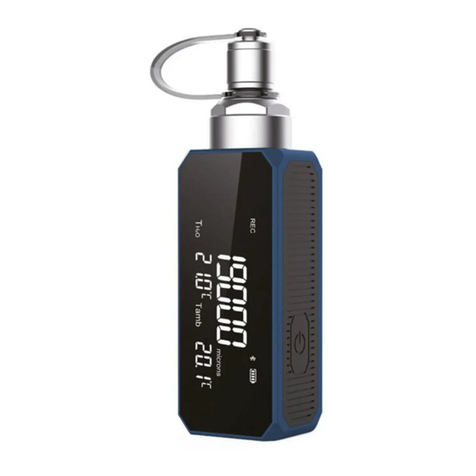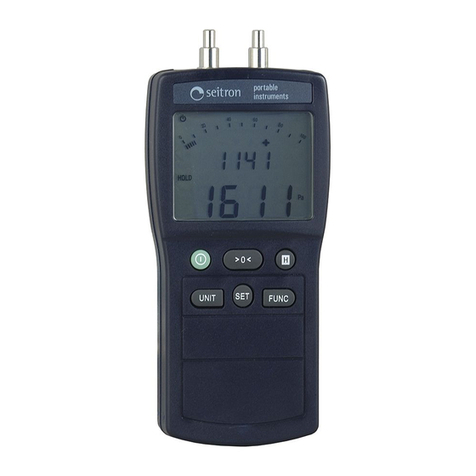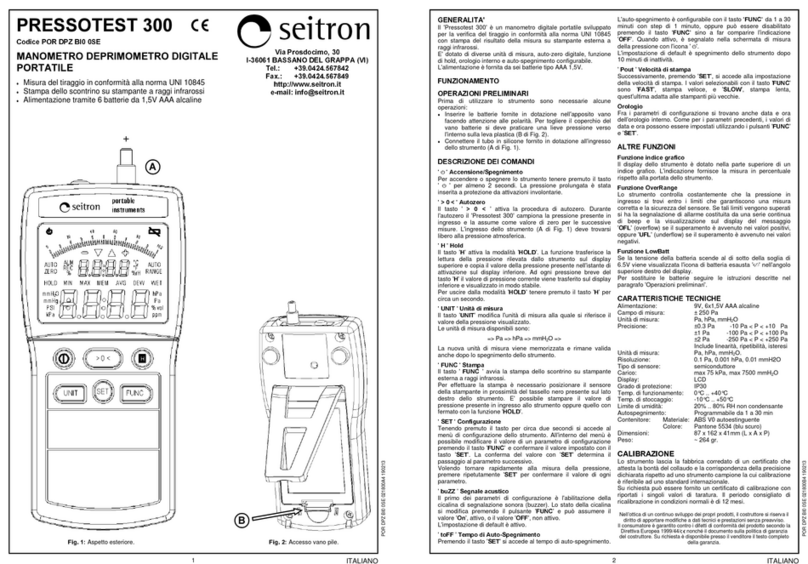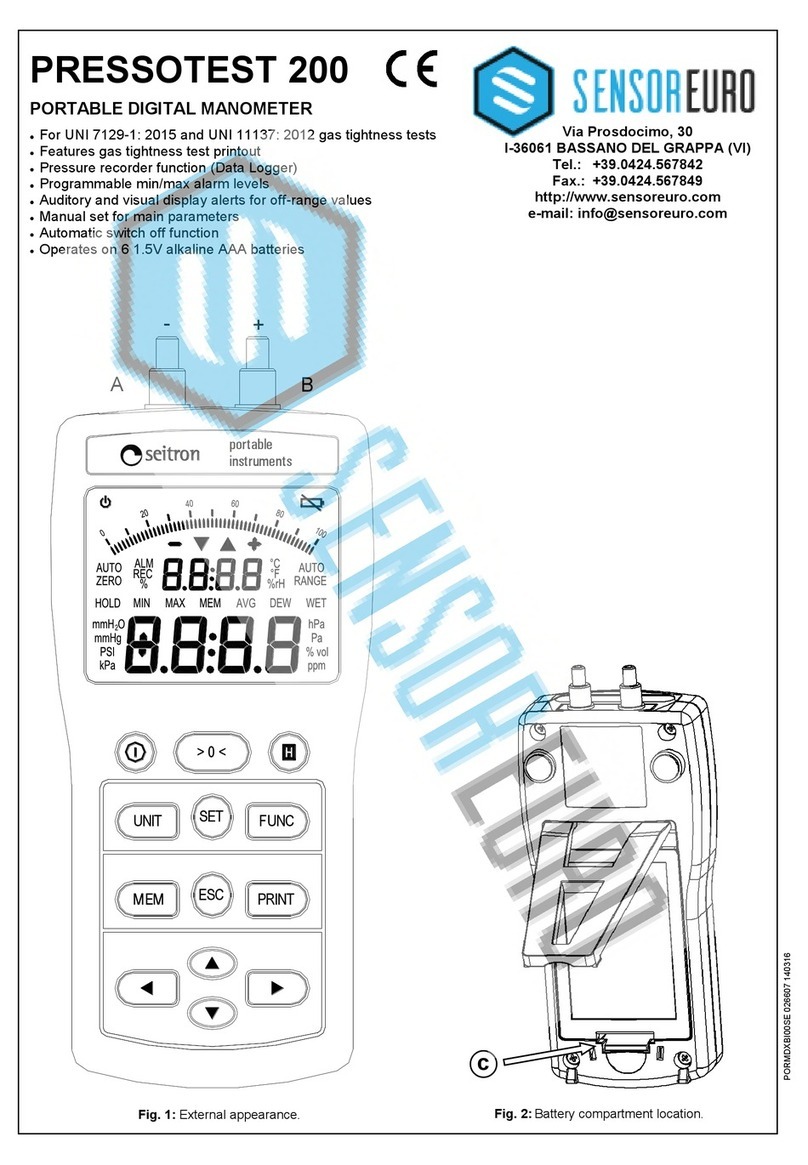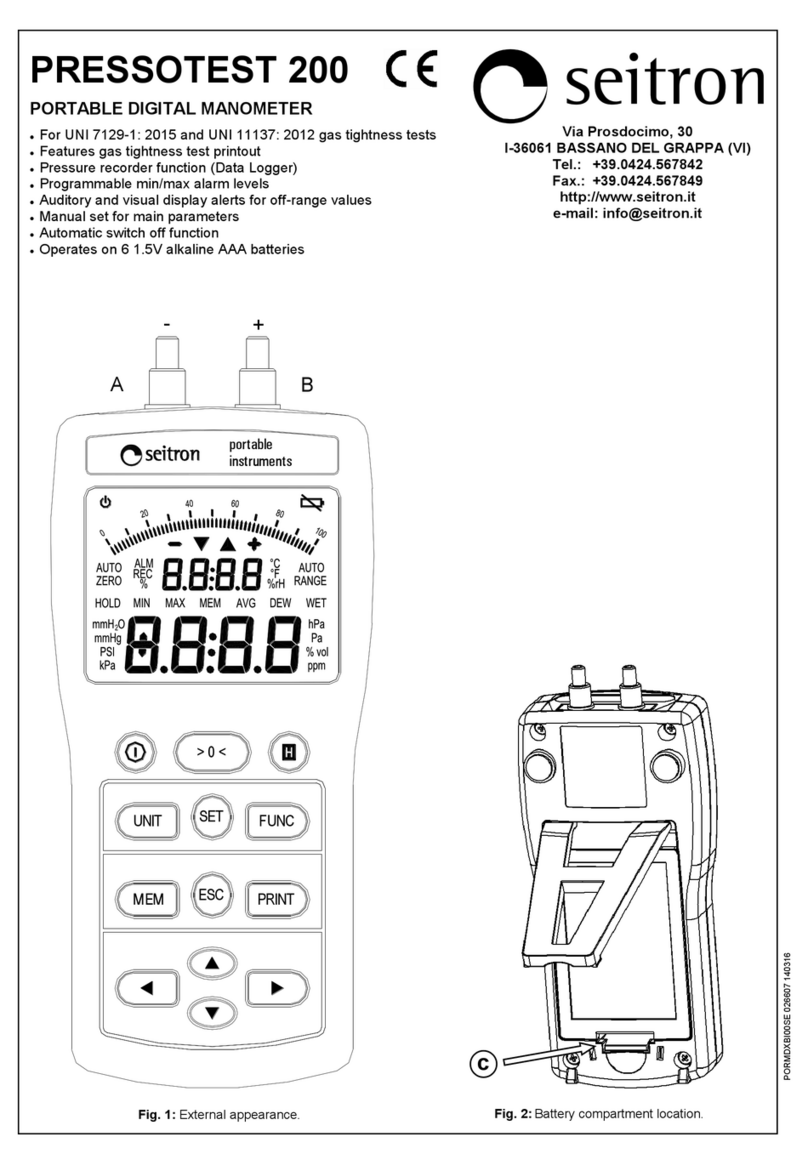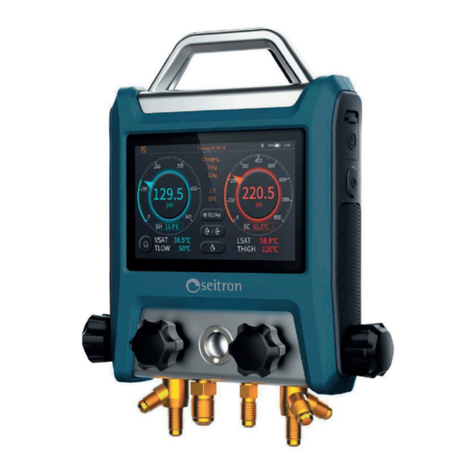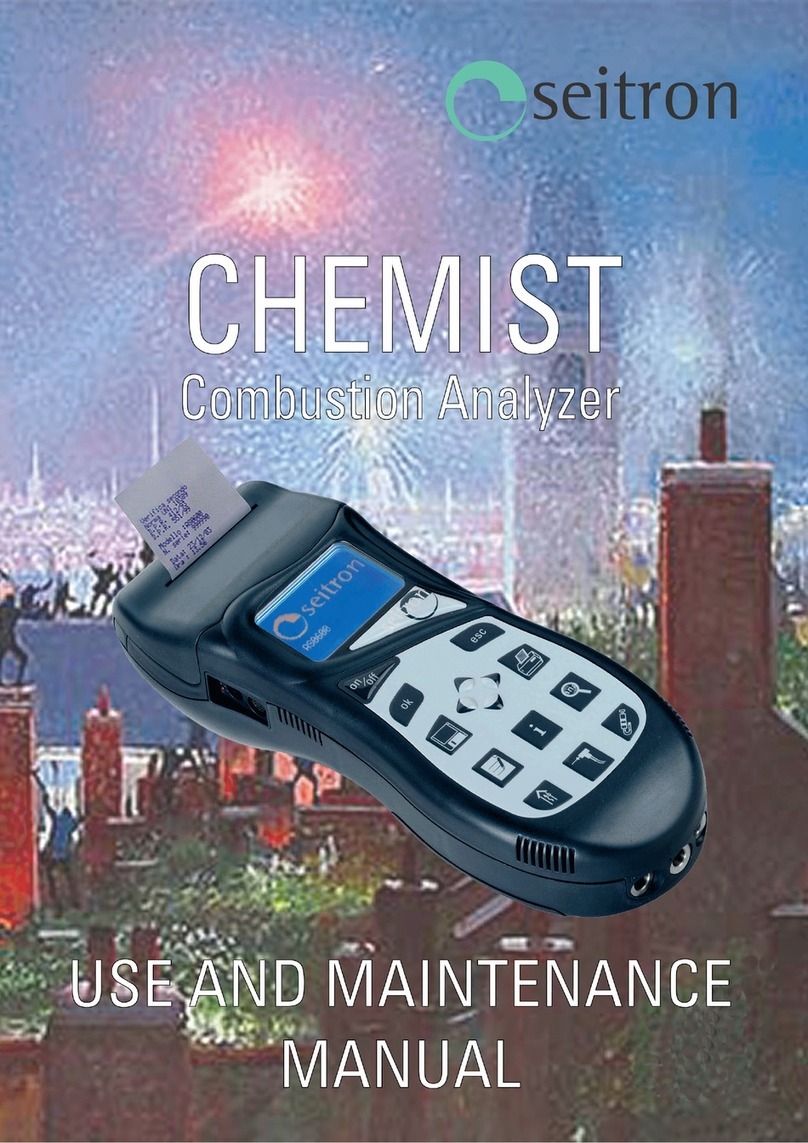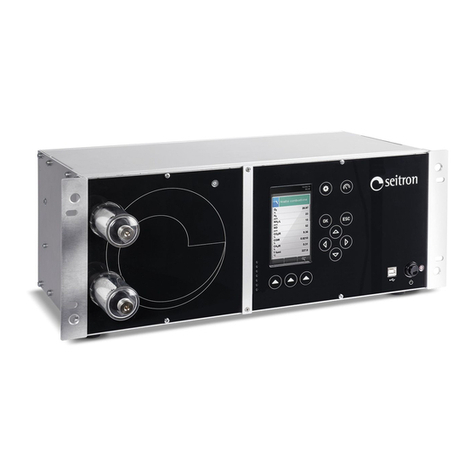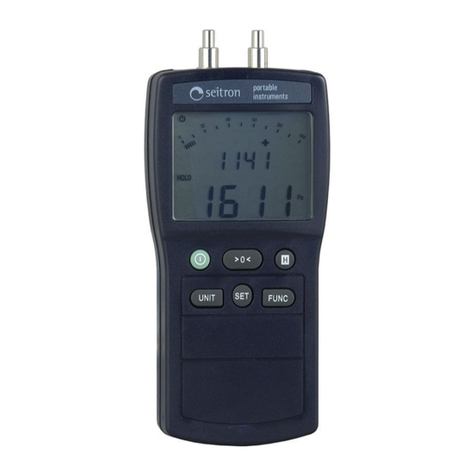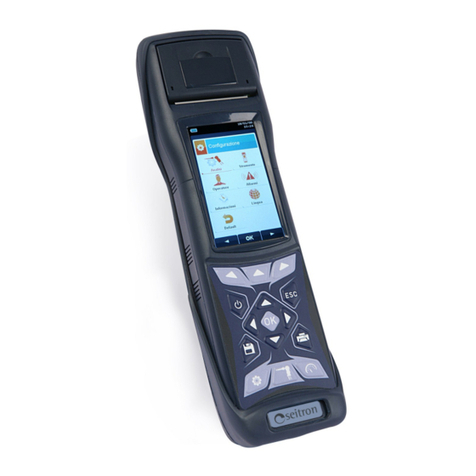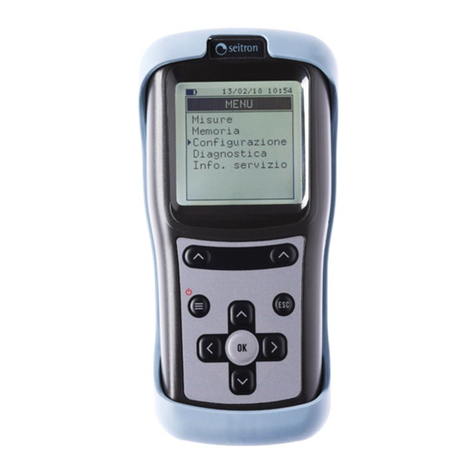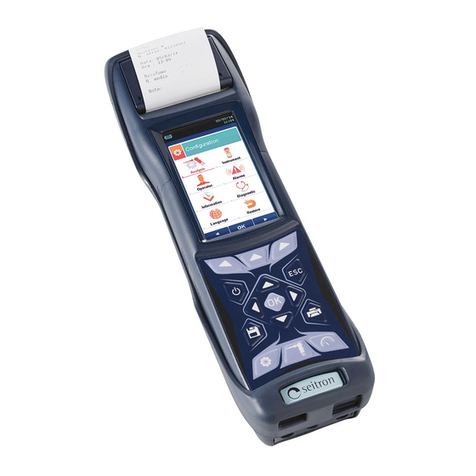bit3:1→ sub window value is OL 0→ not OL
bit4:1→ sub window value is minus, 0→ sub window value is plus.
bit5:1→ 6th byte and 7th byte represent #### 0→ 6th byte and 7th byte represent ###.#
bit7 bit6:
00→ Main window is T1-T2,sub window is T1
01→ Main window is T1-T2, sub window is T2
10→ Main window is T1, sub window is T2
11→ Main window is T2, sub window is T1
4th BYTE: first two BCD code of main window value.
5th BYTE: last two BCD code of main window value
6th BYTE: first two BCD code of sub window value.
7th BYTE: last two BCD code of sub window value.
8th BYTE: The last byte is the end byte , it value is 3, first and last byte are used to check frame error.
HOW TO USE THE HANDHELD REFRACTOMETER
Handheld refractometers can be used to find
the freezin point of antifreeze fluids (water/
propylene lycol, water/ethylene lycol
solutions) or windscreen cleanin liquids or
the specific ravity of battery fluids.
Ope ation
Focusing
a. Point the instrument towards a li ht source;
look into the eyepiece and adjust the
dioptre rin to focus on the raded scale.
Calib ation
b. Open the cover plate, put a few drops of
common water on the blue lass prism
usin the plastic dropper (supplied),
close
the plate and
press it li htly to spread the
water evenly over the surface of the prism
without leavin air bubbles or dry areas.
c. Leave the water on the prism for about 30 seconds to let it adapt to the temperature of the refractometer.
d. Hold the instrument towards the li ht and look into the eyepiece. You should see a raduated circle with a dark
upper part and a li ht lower part.
e. If the border between the dark part and the li ht part does not fall on the zero of the raded scale (marked
"WATERLINE"), the instrument needs to be calibrated.
f. Take off the protective cap and, usin the screwdriver supplied, adjust the calibration screw so that the dividin
line between the dark and the li ht parts in the eyepiece coincides with the zero on the raded scale marked
"WATERLINE".
Note: The ze o setting and the subsequent eadings should be done at the same tempe atu e. If the e a e
conside able changes in tempe atu e, eset the ze o eve y 30 minutes.
Readings
g. Open the cover plate, clean the surface of the prism with a soft cloth (supplied) and put a few drops of the
solution to be tested on the blue lass prism usin the plastic dropper. Close the plate and press it li htly to
spread the solution evenly over the surface of the prism without leavin air bubbles or dry areas.
h. Lookin throu h the eyepiece, find the dividin line between the dark and li ht parts and read the
correspondin value on the raded scale.
With this procedure you can find the freezin point of water/ lycol solutions or windscreen fluids or the specific
ravity of battery fluids.
P ecautions and maintenance
- Do not expose the instrument to humidity and do not put it in water — althou h it is protected a ainst splashes
it is not waterti ht. If the eyepiece fo s up the instrument has been infiltrated by water.
- Do not use this instrument to test abrasive or corrosive substances that mi ht dama e the prism’s coatin .
- Clean the instrument after every readin usin the cloth supplied. If the surface of the prism appears dirty
because it was improperly dried, clean it with a cloth soaked in alcohol. If the prism is not re ularly cleaned the
results will be inaccurate and the prism’s coatin risks bein dama ed.
- This is an optical instrument. Handle it with care to avoid dama in the optics and casin .
Note: Although the inst ument’s eadings do not depend on tempe atu e, the g eatest accu acy is
achieved at an ave age tempe atu e of 20°C.
Cover plate
Calibration screw
Prism
Rubber hand rip
Eyepiece
Dioptre rin
PORVAL0112AN 029983 090418
6



